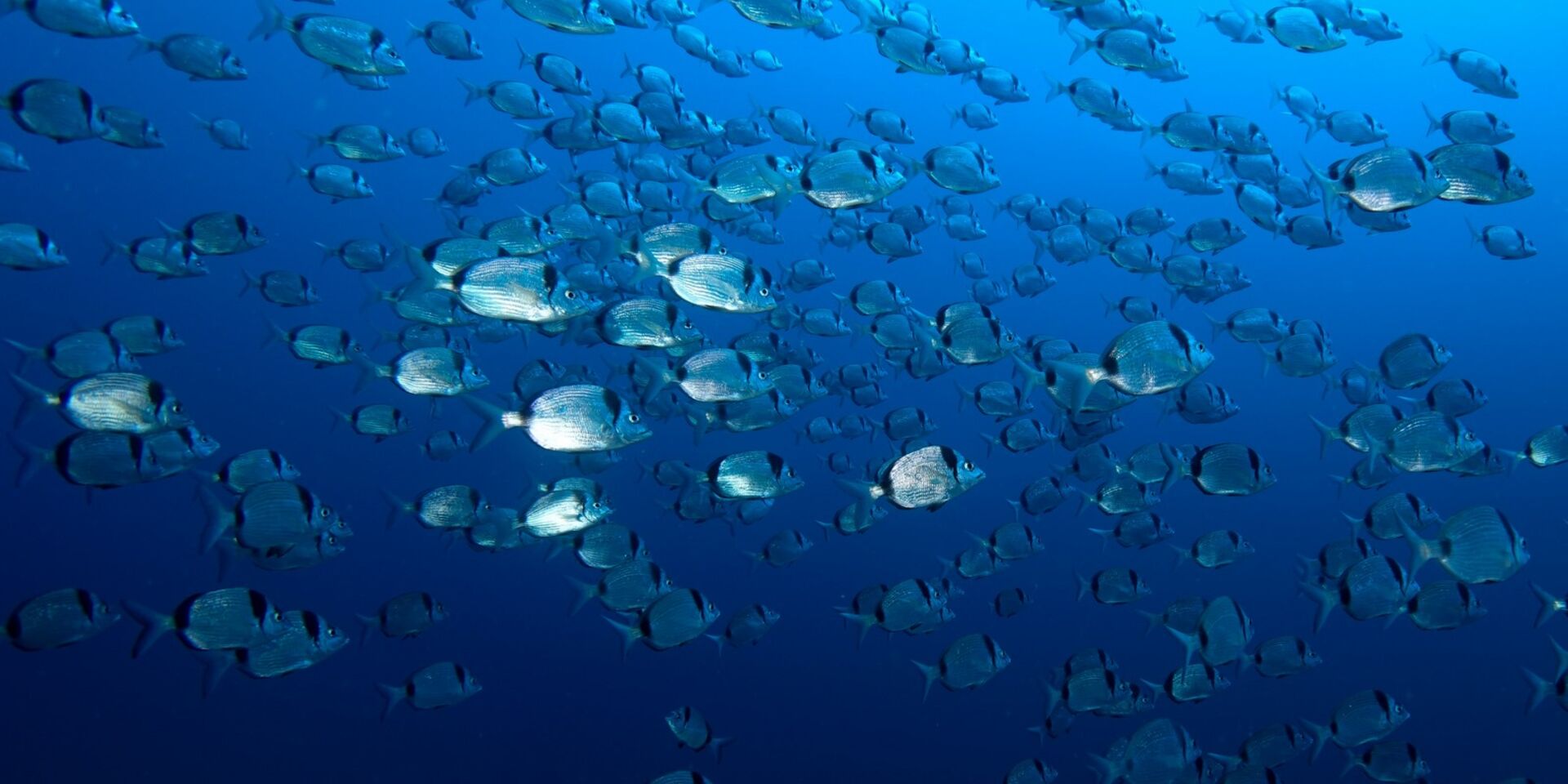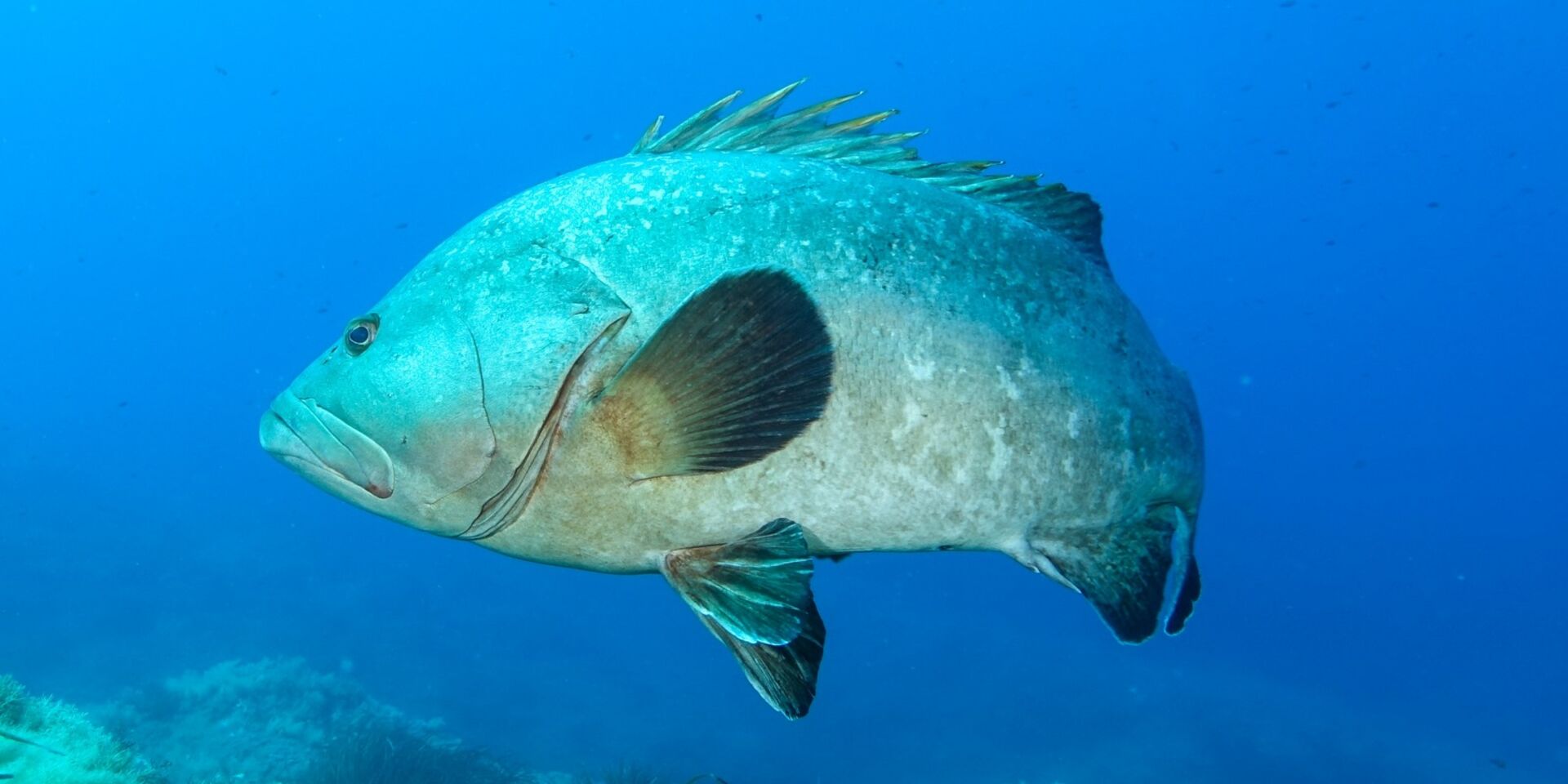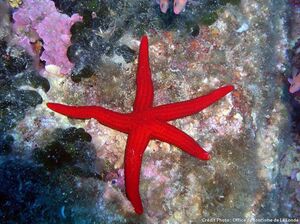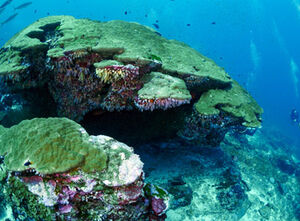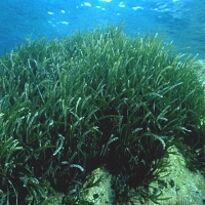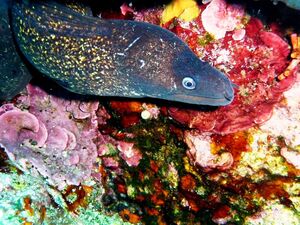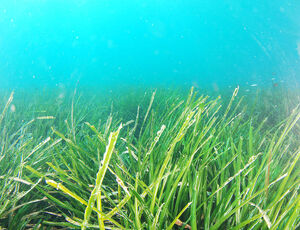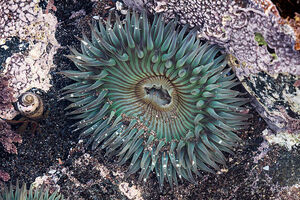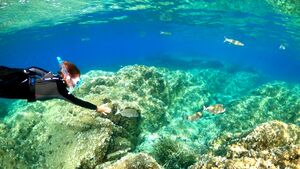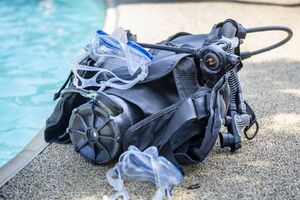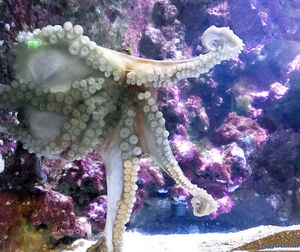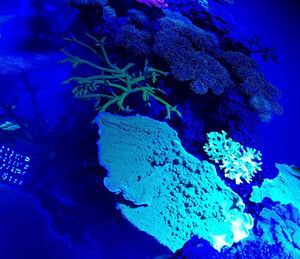Explore the marvels of the Mediterranean during your seaside camping holiday!
Whether you fancy an easy-going beach day with all the family or exploring the region’s (highly reputed) sea beds, you’ll find something for every age and taste in the Var! Round off of your camping holiday on the Côte d’Azur with a delve into the marvels of the Mediterranean Sea, home to unique marine flora and fauna. An increasing number of divers and snorkellers visit every year to revel in our underwater treasures… And after a maiden dive in the campsite’s heated pools, you’ll be all set for the big blue too!
If you’re wondering where to find the Var’s top diving and snorkelling hotspots, you’re in the right place! Les Jardins de La Pascalinette® has hand-picked the area’s finest snorkelling trails – you’ll find them in the Coins de Paradis® (Corners of Paradise) section! Porquerolles, Port-Cros National Park, Le Pradet, Hyères… You’ll be spoilt for choice when it comes to Mediterranean marine flora & fauna. From easy snorkelling trails suitable for all levels to scuba diving, you’re sure to find something to delight all the family!
Les Jardins de La Pascalinette® unveils all the secrets of the Mediterranean!
Where does the name “Mediterranean” come from? What marine flora and fauna can you find there? What is the brown “seaweed” found on the beaches of the Var?
Derived from the Latin word ”mediterraneus” meaning centre of the earth, the name was adopted in the Middle Ages, when people imagined the Mediterranean Sea was set right at the centre of the Western civilised world.
Connected to the Atlantic Ocean and Red Sea, its various animal species come from a variety of origins, although 20% of them are endemic.
What kind of fish can you find in the Mediterranean?
The Mediterranean harbours over 600 species of fish – and only about ten of them are used to prepare Marseille’s famous “bouillabaisse”! Here are some of the most iconic species:
- Eel
- Barracuda
- Basking shark
- Bogue
- Conger eel
- Dentex
- Dogfish
- Goby
- Grouper
- Hake
- John Dory
- Monkfish
- Moray
- Porgy
- Red mullet
- Sardine
- Scorpion fish
- Sea bass
- Sea bream
- Sole
- Triggerfish
- Tuna
- Turbot
- Weaver
- Wrasse… and many more!
You’re also likely to come across a host of shellfish, such as spiny lobsters, lobsters and sea urchins! An absolute enchantment both under the water and on your plate..!
Did you know, Posidonia forms genuine underwater meadows typically found on the Var area’s sea beds?
Rich in underwater life and extremely valuable to the subaquatic environment, Posidonia belongs to the family of higher plants. It is not seaweed, but rather a flowering plant similar to those adorning the magnificent alleys of your four-star campsite near Hyères!
Posidonia has an underground root system and long, thin leaves that it loses in late autumn, during which time it flowers and bears fruit referred to as “sea olives”. Despite their rather unappealing aspect when they wash up on the shore, they play an essential role in preventing beach erosion.
Posidonia produces large quantities of oxygen and acts as a shelter and life support system for underwater flora and fauna. It provides plentiful food for fish such as Wrasse and Saupe, together with shelter from predators.
An endemic Mediterranean plant species, Posidonia is an excellent indicator – its presence alone is a guarantee of good water quality. Conclusion: wherever you find Posidonia, you can rest assured that the water is clean and unpolluted!

